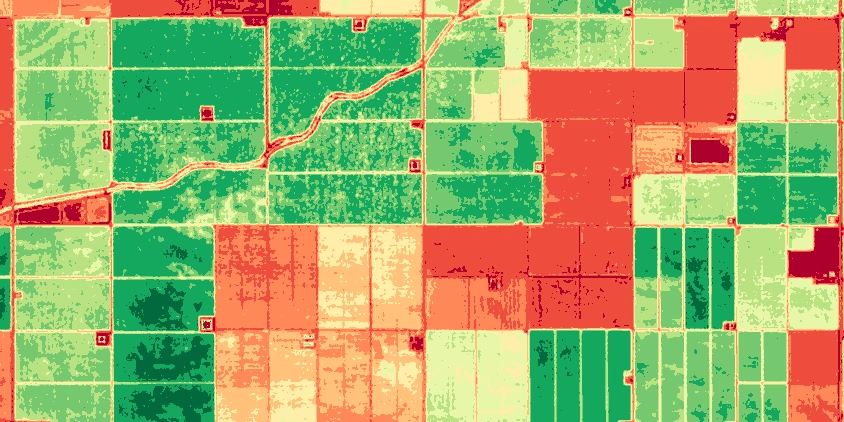
Multispectral Vs. Hyperspectral: Choose The Right Tech
Spectral imaging has become a treasure trove for many spheres, from agriculture to environmental management. Hyperspectral and multispectral imaging are at the forefront of this technology. Hyperspectral imaging captures ultra-fine spectral details across hundreds of narrow wavebands, enabling intricate material analysis and target detection. While powerful, this approach demands complex data processing and expert interpretation.
In contrast to hyperspectral imaging, multispectral strikes a balance by capturing fewer, broader spectral bands, sacrificing some spectral resolution for simplicity, cost-effectiveness, and faster data output. We will go over the strengths and limitations of hyperspectral and multispectral imaging and which technology suits which real-world scenarios.
What Are The Differences Between Hyperspectral And Multispectral Imaging?
The key differences between hyperspectral and multispectral technologies are the quantity of bands captured, the narrowness of those bands (spectral resolution), and the electromagnetic radiation spectra contained inside each band.
Hyperspectral imaging (HSI), as the name suggests, covers a larger number of spectral bands than multispectral imaging (MSI).
Multispectral satellite constellations collect data throughout a limited portion of the electromagnetic spectrum (five to ten bands); typically, it’s RGB (red, green, and blue — the three primary colors) and a handful of infrared bands. Hyperspectral satellites are able to distinguish thousands of individual light spectrum bands.
Here we see an example where MSI includes quite wide short-wave infrared, near-infrared, and RGB bands. Numerous extremely narrow bands (10–20 nm), which do not have descriptive names, make up hyperspectral images.
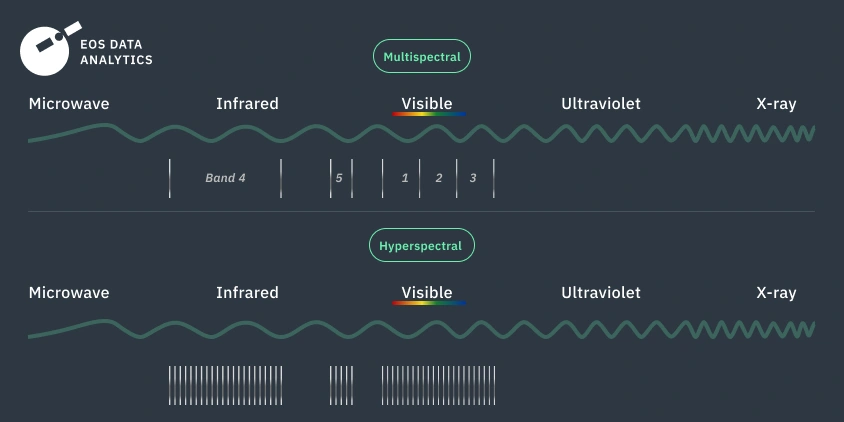
Aspects Of Multispectral And Hyperspectral Imaging Technologies
Both hyperspectral and multispectral imaging satellites mainly operate in LEO (low Earth orbit). MSI satellites, such as Landsat, Sentinel-2, and EOS SAT-1, provide information essential for distinguishing land cover characteristics and landscape patterns. Hyperspectral sensors see substantially more information, so they can even identify and quantify materials. While extra bands do make it easier to distinguish more details, they also require the elimination of redundant data and make the analysis more complex and expensive.
Spectral And Spatial Resolutions
HSI offers a high spectral resolution as it can distinguish between wavelengths precisely. At the same time, it is associated with low spatial resolution. Multispectral sensors, as opposed to hyperspectral, are more suited to applications that need general spectral data since they operate within broader and fewer bands. Having said that, the spatial resolution of MSI is usually higher .
Data Size And Processing
Due to the vast amount of detailed data produced by hyperspectral remote sensing, data processing requires complex and resource-intensive methods. For proper satellite imagery interpretation, you’ll need specialist software and knowledge.
Compared to hyperspectral, multispectral data is easier and faster to process because there are fewer spectral bands. This works well in situations where quick or real-time analysis is of the utmost importance. Nowadays, the analysis of MSI is made easier with widely open, user-friendly software and resources, making the technology accessible to a variety of industries and applications.
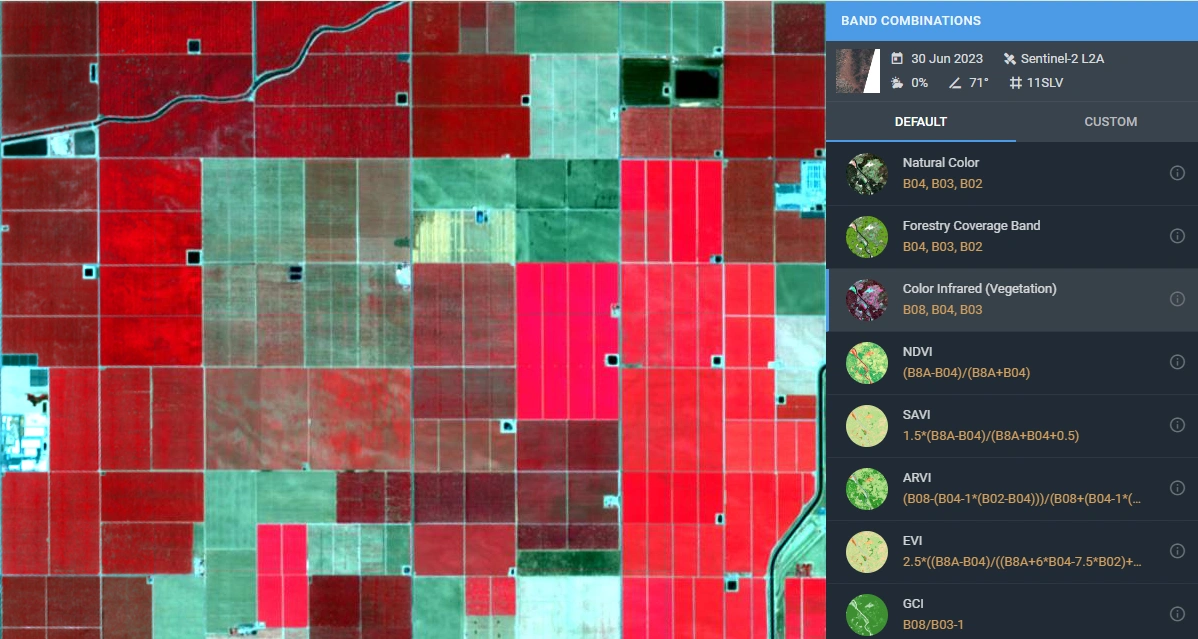
Cost
The complexity of the sensors and the subsequent processing of the acquired data define the pricing of either option. When compared to multispectral, hyperspectral imaging is often more costly and resource-intensive. The former, a more affordable option, is used unless the exact data, such as on materials, is needed.
Dependence On Atmospheric Conditions
Нyperspectral vs. multispectral remote sensing is easily affected by environmental conditions and requires thorough calibration. Because of this, HSI should only be used in controlled settings or for very particular scientific studies. Multispectral imaging does not have these restrictions; it works well in a wide range of environments and is less impacted by atmospheric interference, hence it has more potential uses.
HSI has a lot of untapped potential, but for the time being, it is primarily employed in scientific research. On the other hand, MSI is more than enough for the needs of casual users across a range of remote sensing applications. Most satellites and constellations offer multispectral satellite imagery in real-time that is readily available on the EOSDA LandViewer platform.
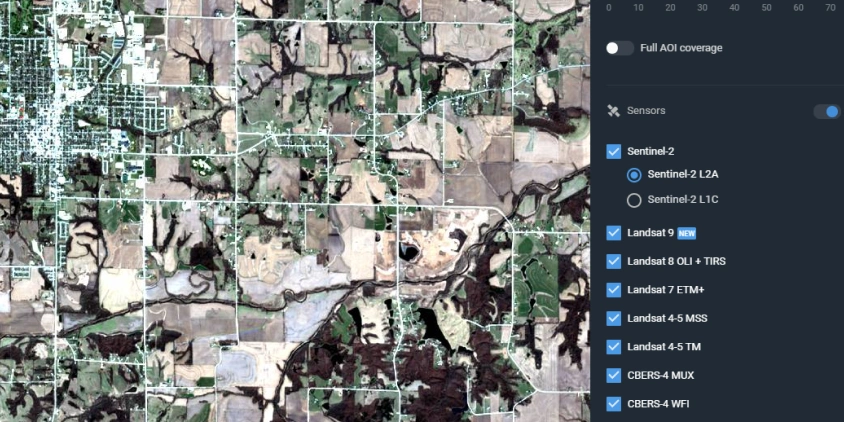
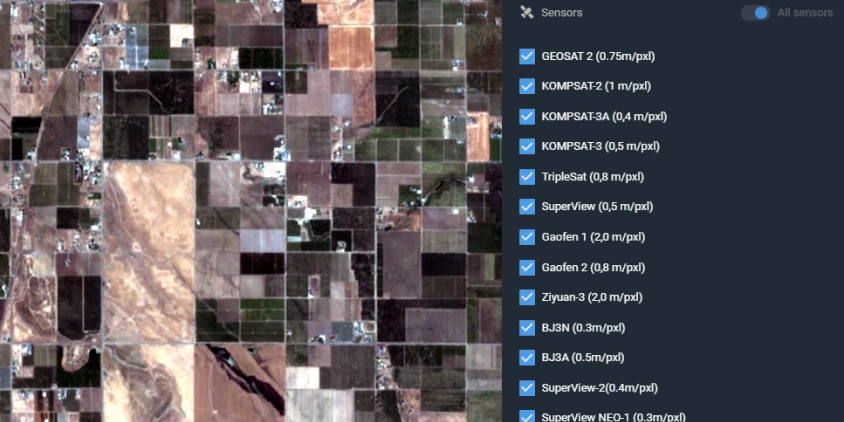
Applications Of Multispectral And Hyperspectral Technologies
Multispectral and hyperspectral imaging have numerous practical uses in different areas, including farming, environmental research, disaster management, and more. Whereas hyperspectral images are more commonly used, for example, in geology and mineral development to gather information about materials, MSI is used in agriculture and forestry to gather data about the earth’s surface, its cover, and patterns of change.
Precision Agriculture
Thanks to its accessibility and ease of analysis compared to hyperspectral data, multispectral has become common in precision farming solutions for agricultural consultants and other agribusiness players. Fine-resolution MSI supports farmers in crop health monitoring, pest and disease identification, precision irrigation, and variable rate fertilizing. Another application is to aid in sustainable land management by distinguishing between different crops as well as vegetation cover and bare ground.
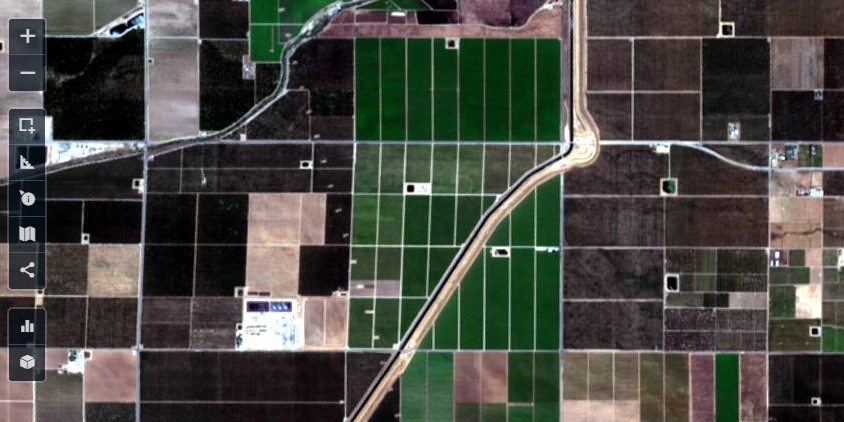
Vegetation Analysis
Many aspects of vegetation cover are studied using multispectral and hyperspectral data. Vegetation change detection, particularly using MSI, is essential for monitoring how plant cover in a certain region changes over time. Satellite imaging in agriculture may also be used to assess plant diversity as a part of biodiversity research .
Environmental Monitoring
MSI is perfect for spotting changes in land use and plant cover and assessing the health state of different ecosystems, such as forests and wetlands. When mapping hydrological structures, hyperspectral images could be helpful. Researchers are increasingly turning to hyperspectral and multispectral remote sensing to better monitor bodies of water, their pollution, and water quality changes.
Disaster Management
There is a strong reliance on remote sensing technologies for emergency preparedness and disaster assessment. MSI is highly beneficial in estimating the damage caused by earthquakes, floods, hurricanes, and other natural and man-made calamities. On top of that, by delivering data in near-real-time from even the most remote and undeveloped regions, it aids in disaster response coordination and allocation. Multispectral data, for instance, was extensively employed for analyzing and mitigating natural disasters in 2023.

Forestry
Advancements in multispectral and hyperspectral sensors have greatly simplified and improved the accuracy of remote tree species detection. When it comes to evaluating forest health, keeping tabs on deforestation, and sustainable forestry management, MSI is invaluable. By closely monitoring changes and deviations in plant health, spectral imaging plays an important part in detecting regions that may be at risk of wildfires.
EOSDA LandViewer
Access historical satellite imagery with global coverage for free, analyze them on-the-fly and download.
The future looks bright for hyperspectral and multispectral imaging, which are already seeing increased usage. HSI is anticipated to become more accessible as sensor miniaturization and data analysis advance. A more in-depth view will be obtained with multispectral imaging thanks to expanding its spectral coverage and combining it with other remote sensing methods.
Multispectral Vs. Hyperspectral: Which One To Choose?
When deciding between multispectral and hyperspectral imaging, evaluate which is more relevant to your task: higher spectral detail or operational efficiency. Hyperspectral sensors, which detect numerous narrow bands, provide extensive information regarding the distinctive spectral signatures of different materials. However, such a high spectral resolution calls for superior computational capacities, complex data processing, and expert knowledge to interpret the results.
Due to its practical balance between spectral resolution and operation effectiveness, multispectral imaging frequently triumphs over hyperspectral. Customers can enjoy more economical solutions with MSI because it doesn’t need that much data storage and processing complexity. At the same time, multispectral high-resolution satellite images can provide detailed visualization of the land cover. When a bird’s-eye view is enough and ultra-fine spectral discrimination isn’t necessary, multispectral imaging is a practical solution that saves money and gets the job done.
About the author:
Petro Kogut has a PhD in Physics and Mathematics and is the author of multiple scientific publications. He is the Soros Associated Professor as well as the head of the department of differential equations in the Oles Honchar Dnipro National University and has received a number of grants, prizes, honorary decorations, medals, and other awards. Prof. Dr. Petro Kogut is a science advisor for EOSDA.
Recent articles

Analyze 2025 & Plan Your Best Year Yet: LandViewer Christmas Offer
It’s the most wonderful time of the year! The Christmas holidays are here, and so is your chance to analyze 2025 and plan a prosperous 2026 with more affordable Pro plans in LandViewer.

EOSDA Models Climate Change Impact On Sugarcane Yields
EOSDA modeled future temperature, rainfall, and other climate impacts on Veracruz sugarcane. The results help growers plan long-term adaptation strategies, including timing, varieties, and irrigation.

EOSDA LandViewer Black Friday Sale: Exclusive Offers & Giveaway
This Black Friday, LandViewer offers new users the chance to save on monthly plans, get extra months with yearly subscriptions, and participate in a free annual plan giveaway.

